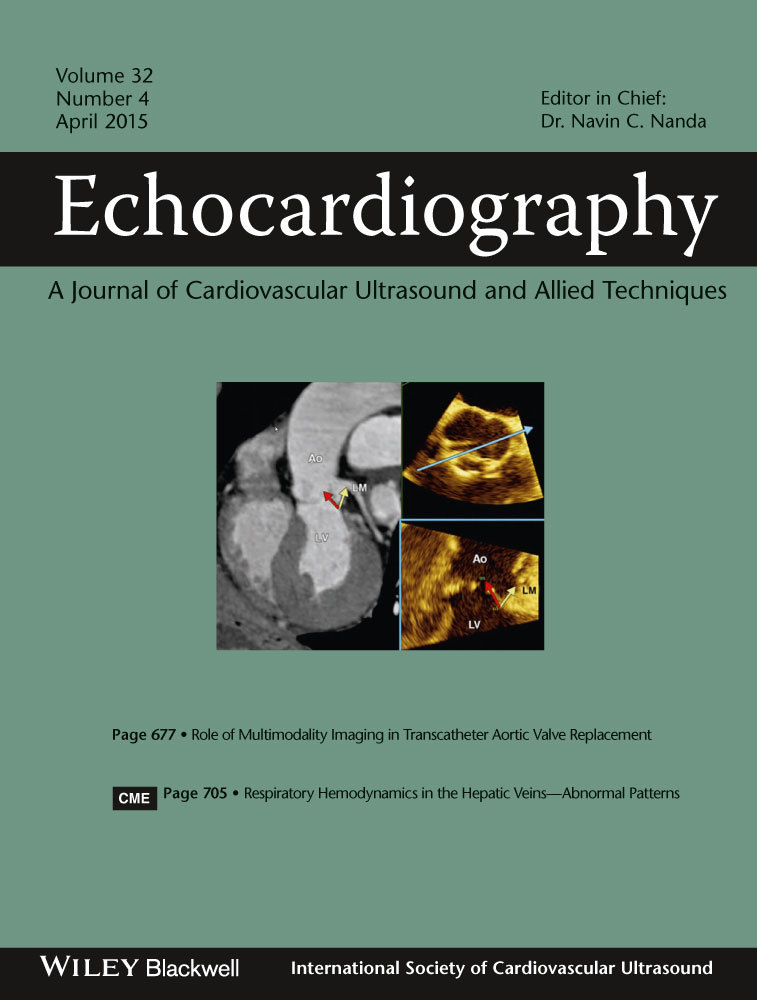Infective Endocarditis Related to a Coronary Artery Fistula with an Unusual Localization and Ectatic Coronary Arteries
Abstract
Coronary artery fistulas (CAF) are a rare cardiac anomaly that can be either congenital or acquired. CAFs have clinical significance because of complications such as dyspnea on exertion, congestive heart failure, and cardiac tamponade. The literature also contains case reports of CAF presenting as bacterial endocarditis. We describe a 31-year-old man who presented with native valve infective endocarditis related to an unusual form of a CAF between the circumflex coronary artery and left ventricle. He also had giant coronary arteries, which were imaged with computed tomography angiography and transesophageal echocardiography. The diameter of the circumflex coronary artery and left main coronary artery was measured as 19 mm. Surgical intervention for heart valves was performed because of vegetations resistant to continued antibiotic treatment. At the same time, the CAF was treated with surgery.




